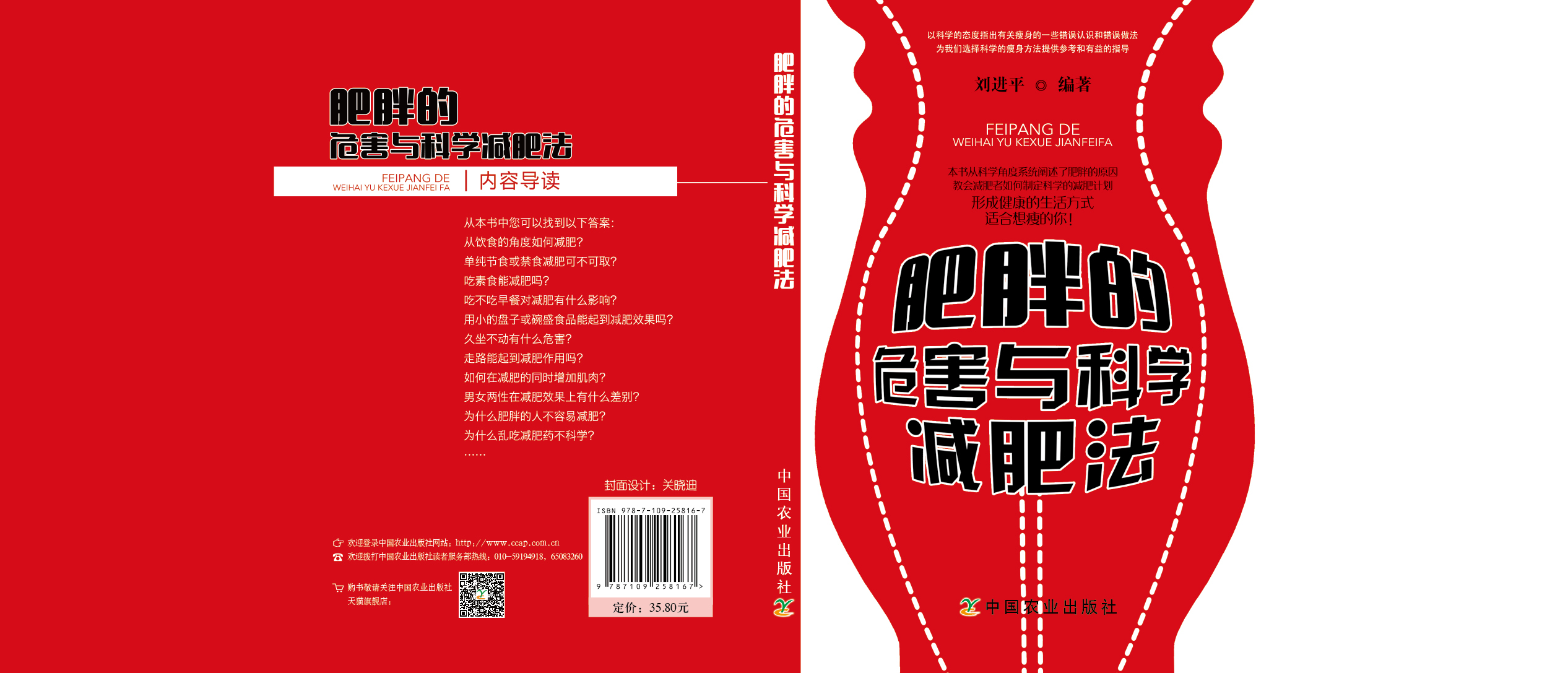博文
洋人不胖没天理
||
澳大利亚国家科学机构CSIRO的最新研究显示,低营养、高热量的食物仍然是澳大利亚人的首选,近五分之四的人每天大吃特吃垃圾食品。
CSIRO的研究科学家吉利·亨德里博士说:“非必需食品(discretionary food)或垃圾食品(junk food)是当今影响澳大利亚饮食的头号问题,过量食用会导致营养不良、高肥胖率以及高风险的生活方式疾病。”
平均而言,澳大利亚成年人的饮食量是《澳大利亚饮食指南》推荐量的两倍左右,每天吃非必需食物(discretionary food)高达5.1份,相当于约3000千焦,即每天20个小的固体巧克力复活节彩蛋。
调查结果还揭示,酒精占据了首位(占非必需食物总摄入量的21%),其次是蛋糕和饼干(19%)、含糖饮料(12%)和美味馅饼和糕点(9%)。
New CSIRO tool to combat Australia's junk food addiction
https://medicalxpress.com/news/2021-04-csiro-tool-combat-australia-junk.html
More information: Genevieve James-Martin et al. Strategies to Reduce Consumption of Unhealthy Foods and Beverages, Journal of the Academy of Nutrition and Dietetics (2021). DOI: 10.1016/j.jand.2020.12.003
What are discretionary food choices? Some foods and drinks do not fit into the Five Food Groups because they are not necessary for a healthy diet and are too high in saturated fat and/or added sugars, added salt or alcohol and low in fibre. These foods and drinks can also be too high in kilojoules (energy).
Discretionary food and drink choices | Eat For Health
www.eatforhealth.gov.au/food-essentials/discretionary-fo…
-----------------------------

《肥胖的危害与科学减肥法》销售网址:
天猫(https://www.tmall.com/)、京东(https://www.jd.com/)等各大网店均有销售:
天猫:
京东:
https://wap.sciencenet.cn/blog-39731-1281200.html
上一篇:瘦素(leptin)通过新的神经回路阻止进食
下一篇:儿童时期注重饮食和锻炼能使成年时更健康,更少焦虑